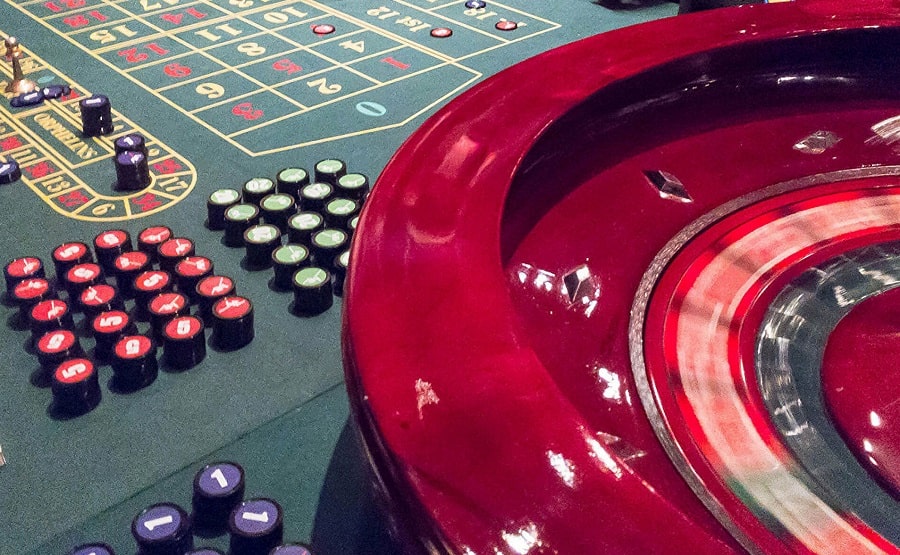
Lazy Hand Strategy
The ‘Lazy Hand’ strategy is also known as ‘Lazy Roulette’ or ‘Relaxed Roulette’. It is included in the list of popular strategies, which are based on a progression of bets. However, this tactic has its own peculiarities, which we will talk about in more detail today. Many gamblers prefer this strategy because, unlike other tactics, it is able to set a winning limit, but not a losing limit.
How the system works
There are three dozens on the roulette table. These are numbers that go from 1 to 12, 13 to 24 and 25 to 36.
The gambler needs to bet on two dozens at once. They should choose them with one nuance: bet on those dozens, which fell out during the last two spins. Careful: if you get one dozen, you can not bet – you have to wait until you get two different dozens. If a zero occurs between two dozens, the bet must be skipped. Pay attention if two different dozens fall in a row.
Very important: if a numerical value from one dozen occurs more than three times, it is necessary to bet on the other two dozens.
If the first bet loses, you must continue to bet on those two dozens. If the bet does not win the second time, it is necessary to bet on the same dozens for the third time. This will be the final step.
When one of the bets plays, you have to start the round again. You don’t have to wait out the idle spins – betting is required on the remaining two dozen that haven’t played. Play may continue until the gambler reaches the winnings limit. Once the limit is reached, it is advisable to leave the establishment.

About progression
Before you can bet, you need to write down the number one. One must be bet on each dozen of the three. Therefore, if there is a win on the first bet, you need to circle the written one. This winning will be equal to one, but we will consider this point later. If there is a loss, one more unit must be added to the set unit. The next bet will be the sum of the last numbers that were in that round. For example, if 1+1, two units for each dozen.
In case the second bet wins, the last numbers need to be crossed out. Thus one unit remains, which is not circled. It is the indicator of the bet size. If the bet was lost, it is necessary to add a deuce on each edge. That is, a sequence of 2-1-1-1-2 is created. The next bet would be 2+2=4 units for each dozen.
The main thing to note now is. If the bet plays, the numbers around the edges must be crossed out. If it loses, one digit on each side must be added. The bet will be made on the amount that includes the outermost ones not crossed out. When you manage to circle one again, which remains in the centre, you need to go down to the line below. From there, everything starts all over again. Beginners are advised to take an initial capital of $50. The daily win rate is $5.
